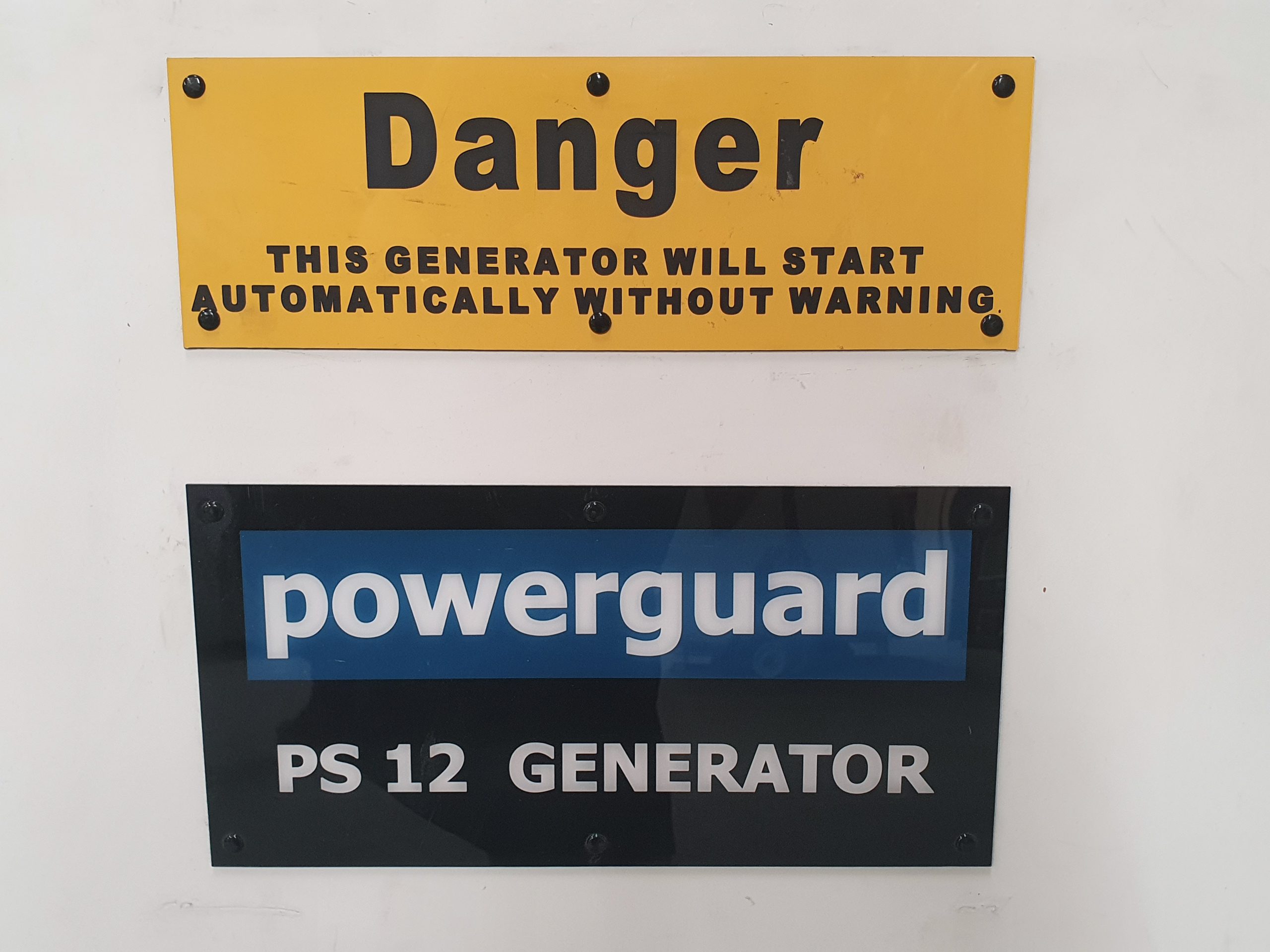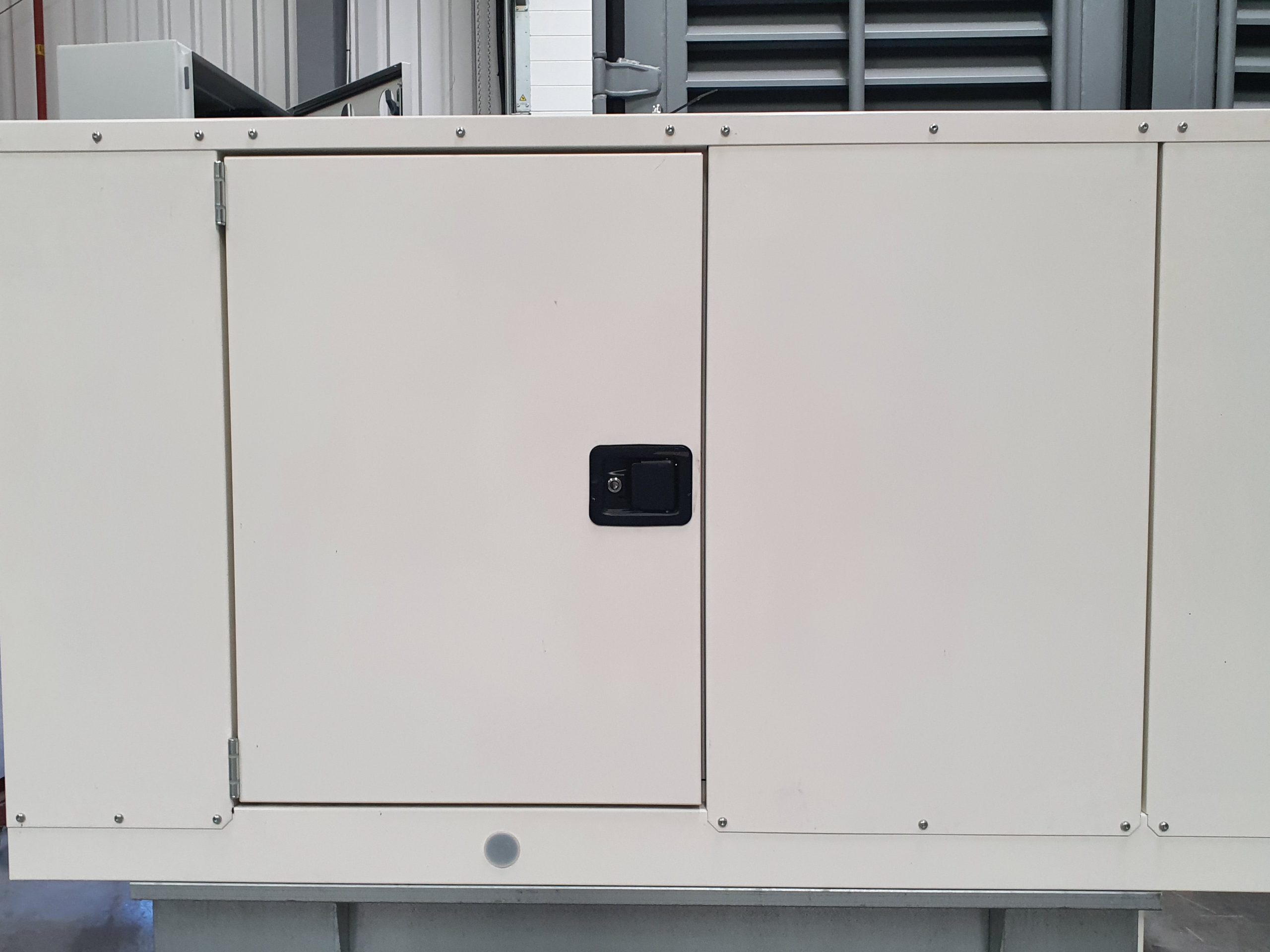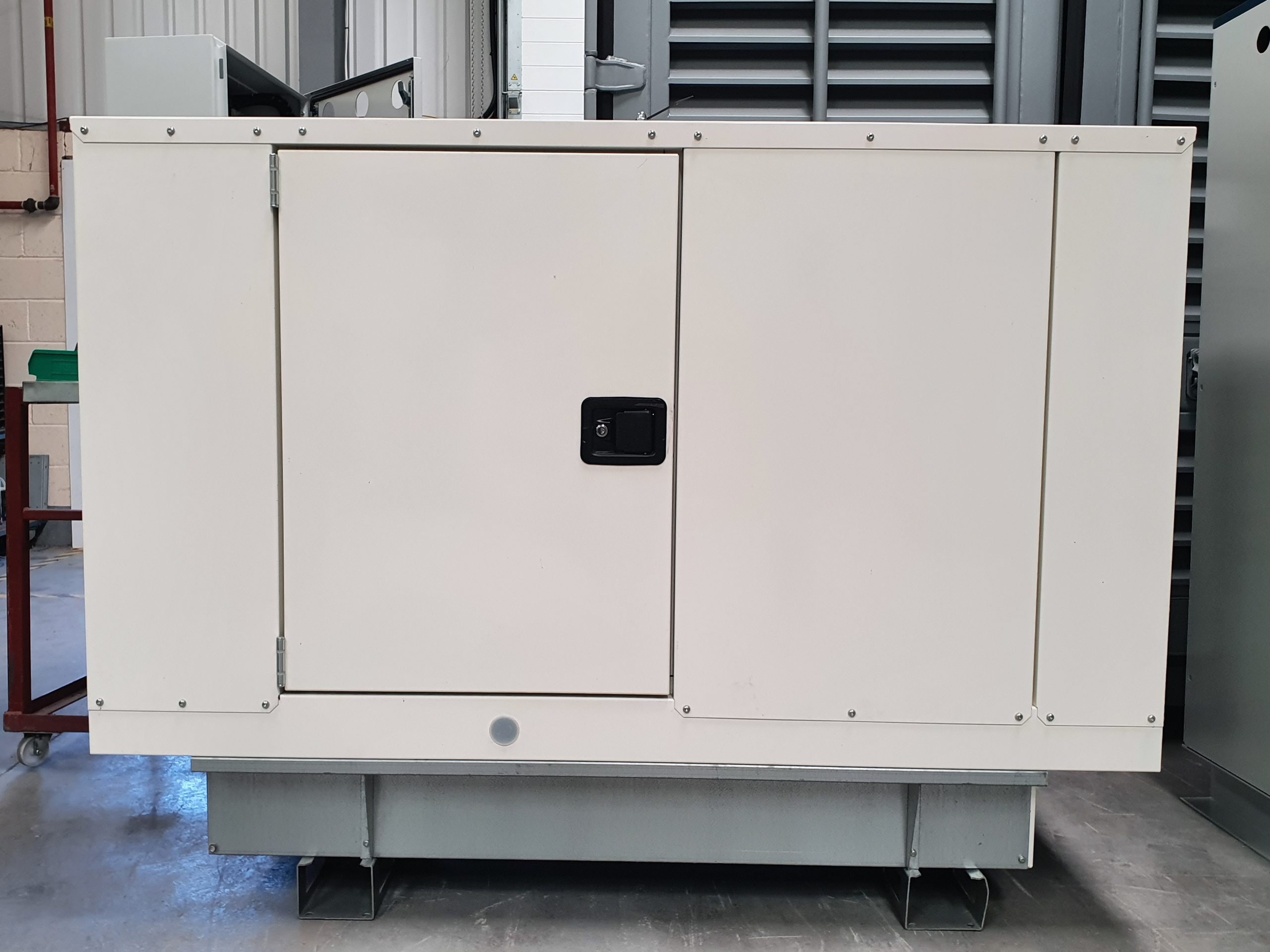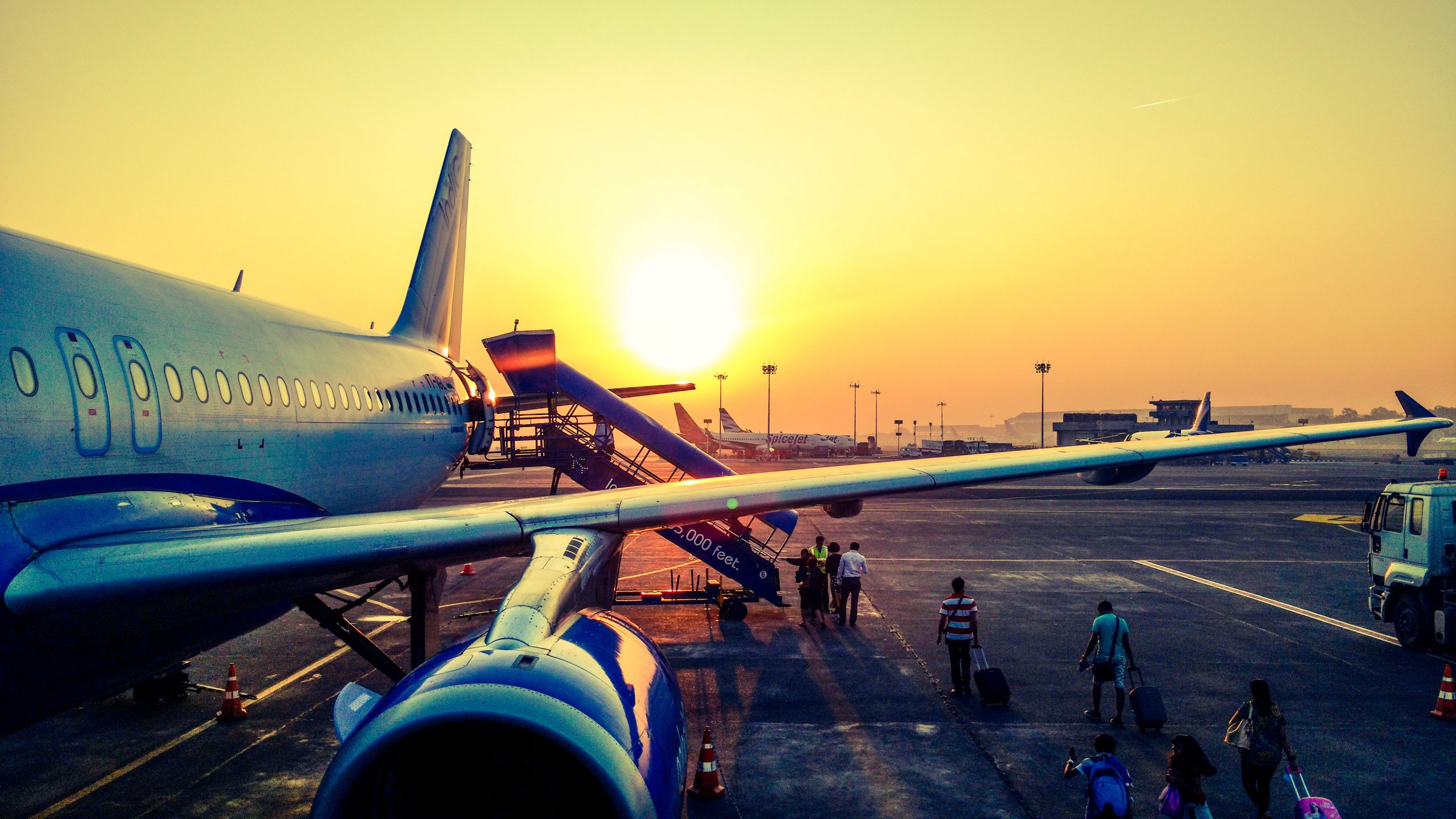
Sustainable air travel is a hot topic within the green community at the moment, and while some claim that a completely sustainable air travel model is a possibility, others claim that while the current infrastructures are in place it’s not realistic.
Aviation is thought to be responsible for 2% of all of the global carbon emissions, and according to stats from the Air Travel Action Group, approximately 4.5 billion passengers boarded a commercial flight in 2019, with that number expected to double by 2037.
Background
Back in 2019, Greta Thunberg refused to board aircraft due to the harmful environmental impact, and in that same year, Prince Harry was criticised for frequent private jet flights across the world, after doubling-down on his warnings about the state of the environment.
These incidents made people really consider their transportation methods, prompting a more thoughtful approach to air travel at large.
Of course, it’s important that people can get back to meeting with family and friends and enjoying holidays and business travel, but it’s important that we really consider how we can shift these luxuries to become more sustainable.
Innovative Aircraft & Biofuel
New strategic advancements designed to mitigate the use of fossil fuels are being implemented, and as per the International Energy Agency, sustainable aviation fuel is a key factor in reducing emissions.
At the moment, there are only five global airports that have regular biofuel distribution:
- Bergen & Oslo, Norway
- Brisbane, Australia
- Los Angeles, USA
- Stockholm, Sweden
Industry experts believe that aviation biofuel is capable of cutting airline carbon footprints by up to 80%, but it costs almost four times as much as standard jet fuel. This, according to an article by Reuters, has discouraged use and tanked demand.
Recently, Scandinavian Airlines pledged to fuel all of its domestic flights (17% of its total fuel consumption) with biofuel by 2030.
In the coming year, the company has also promised to completely upgrade the entire fleet to more fuel-efficient models, including the newly introduced Airbus A350, which they hope will significantly reduce emissions.
How Airlines Are Evolving
As the aviation industry continues to keep pace with the electric vehicle industry, it’s important that consumer demand is there to push change.
When booking a holiday or embarking on an international business trip, think carefully about airlines that are either blending biofuels with fossil fuels or those that are incorporating fuel-efficient aircraft into their fleets.
US airline, JetBlue, for instance, pledged to the first American airline to become completely carbon neutral in 2020.
Waste Reduction
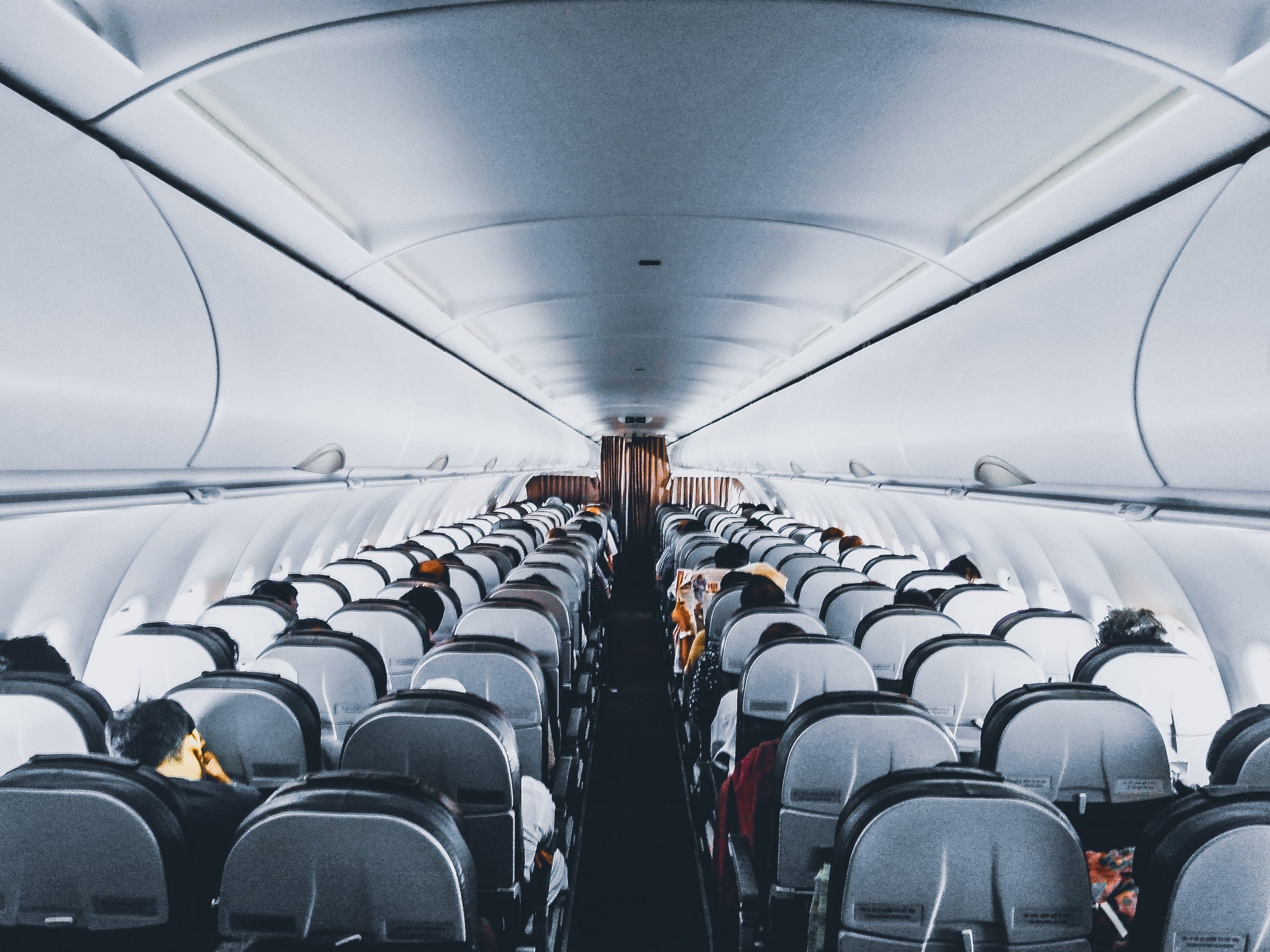
The sheer amount of waste created by consumer air travel – such as uneaten food, plastic containers and utensils, plastic packaging for headphones, blankets and other items – plays a huge role in the overall impact that aviation has on the environment.
Australian airline Qantas reported that it generates more than 33,000 tonnes of waste every year on its flights. Although the company has since pledged to reduce this waste by 75% this year, which includes eliminating up to 100 million plastic items used on board.
Air New Zealand also committed to implementing a similar campaign to remove almost 55 million single-use plastic items on their flights.
A spokesman for the airline commented, “Items such as plastic cups, water bottles, eye-mask wrappers, and toothbrushes are being swapped for more sustainable options.” “
“In December 2019], we trailed edible coffee cups. We serve more than 8 million cups of coffee each year and felt that edible cups were an innovative way to reduce waste.”
How You Can Help
- Bring your own snacks and permitted food in reusable or recyclable packaging.
- Fill a BPA-free reusable bottle with water before boarding – check specific rules on how much liquid you can carry with your airline first.
- Reuse the cups the airline staff hand out.
- Purchase reusable utensils – bamboo is a particular favourite – that way you don’t need to accept new utensils for every meal.
Offsetting Emissions

Offsetting CO2 is the process of reducing air travel emissions by performing individual actions pre- and post-flight.
Some airlines do funnel large portions of their profits into offset scheme investments, which include reforestation and renewable energy projects.
For example, Scandinavian Airlines buys CO2 compensation from renewable energy projects which work towards creating energy from wind power.
Many airlines in countries all over the world, now offer their customers the opportunity to offset their carbon emissions while booking their ticket.
Since creating a similar offsetting functionality into their booking systems in 2016, Air New Zealand now has more than 15,000 carbon offset bookings every month.
In 2019, their passengers had elected to partially or fully offset more than 183,600 journeys, an increase of 41% from 2018.
Airlines are also choosing to engage with their passengers about the importance of taking action in their day-to-day lives too. For example, Alaska Airlines, recently teamed up with Carbon Fund to give passengers advice on how to live and travel sustainably.
How You Can Help
- Offset your flight – if your airline has adopted this approach, you can often choose to offset your journey during the booking phase. When you purchase ‘carbon credits’ with Air New Zealand, for instance, all the extra cash that each passenger pays is contributed to the FlyNeutral programme, which assigns funds to forestry projects and international renewable energy projects.
- Seek to help the environment – if you’re an adventurous traveller, then spend some time looking out for tourist activities that contribute to the environment once you’ve landed. This applies at home too, where you could support a local business that focuses on sustainability, for example.
- Fly direct where possible – this reduces the impact of a plane taking off and landing, which is responsible for 25% of the total emissions from the flight.
- Pack light – pack only what you need, excess weight from baggage causes drag on the plane as it travels, thereby increasing fuel.
Is Sustainable Air Travel Possible?
With the current infrastructures and the associated costs of biofuels, it’s not possible at the moment. However, with an increased interest in travelling sustainable and the many initiatives now available to airlines and passengers, it’s certainly possible to lighten the burden that air travel places on the environment.
If you’d like to like any more advice about what we’ve covered in this blog, or you’d like to learn about any of our other products or solutions, then why not contact us today for more information?

